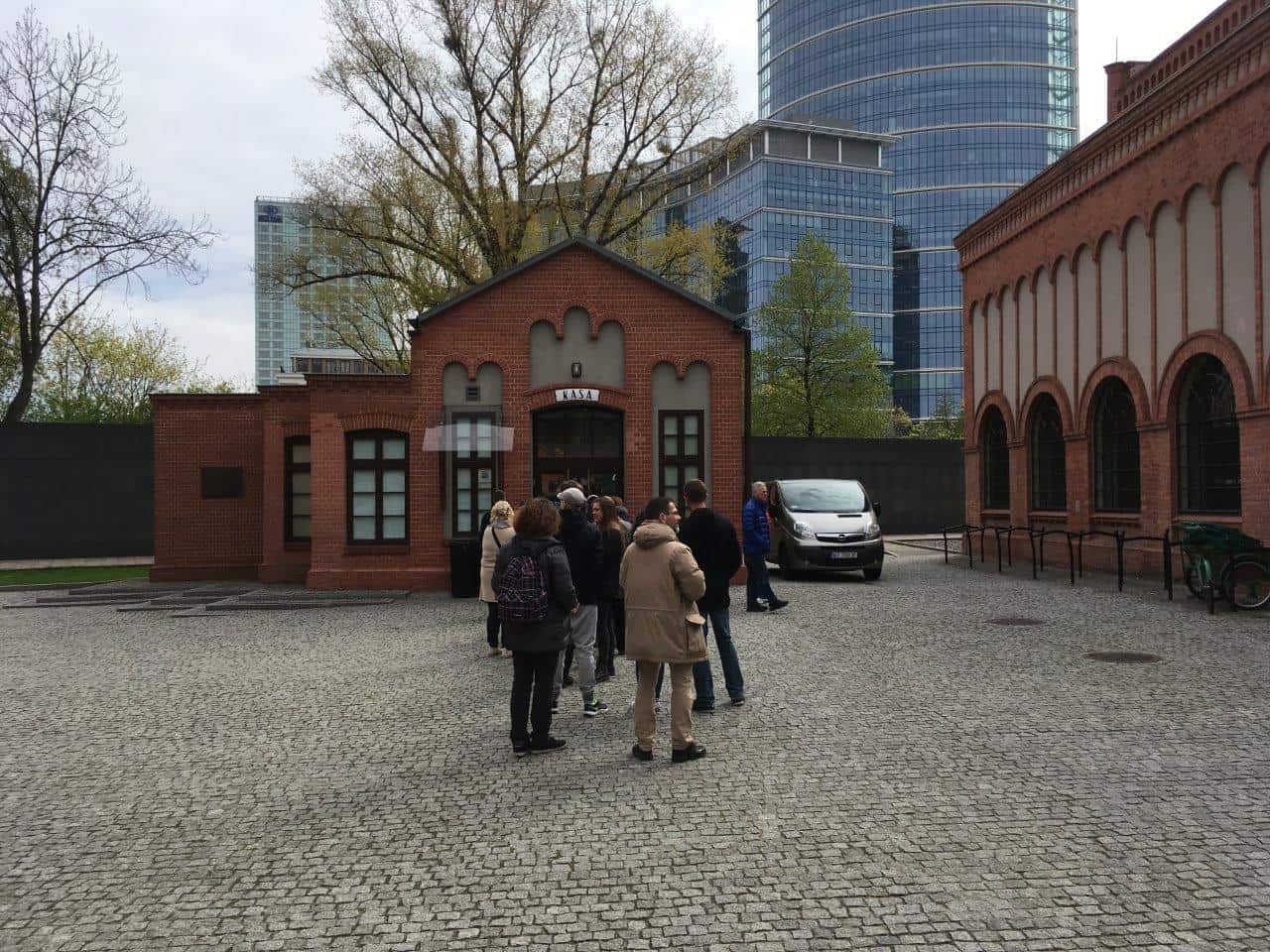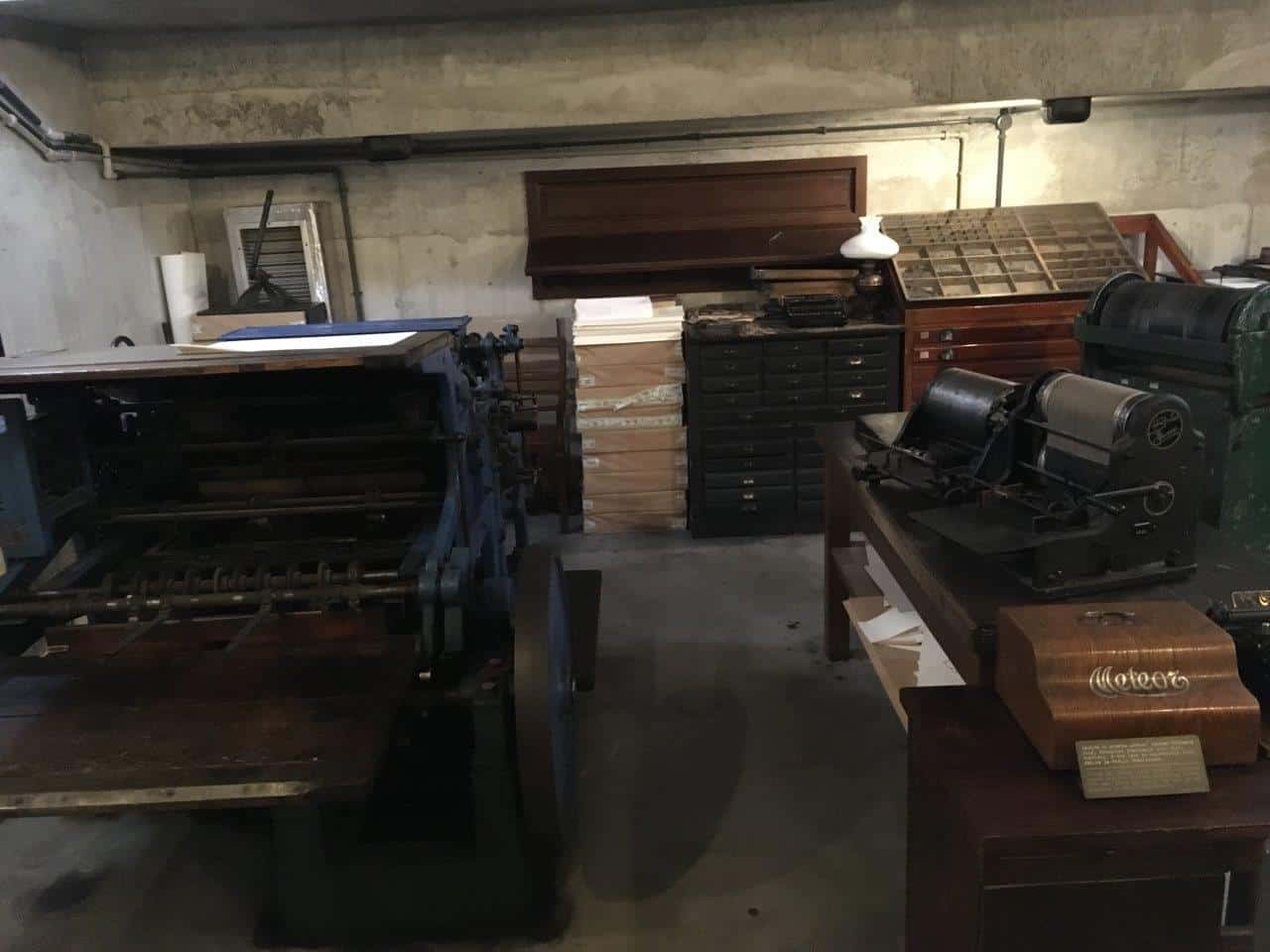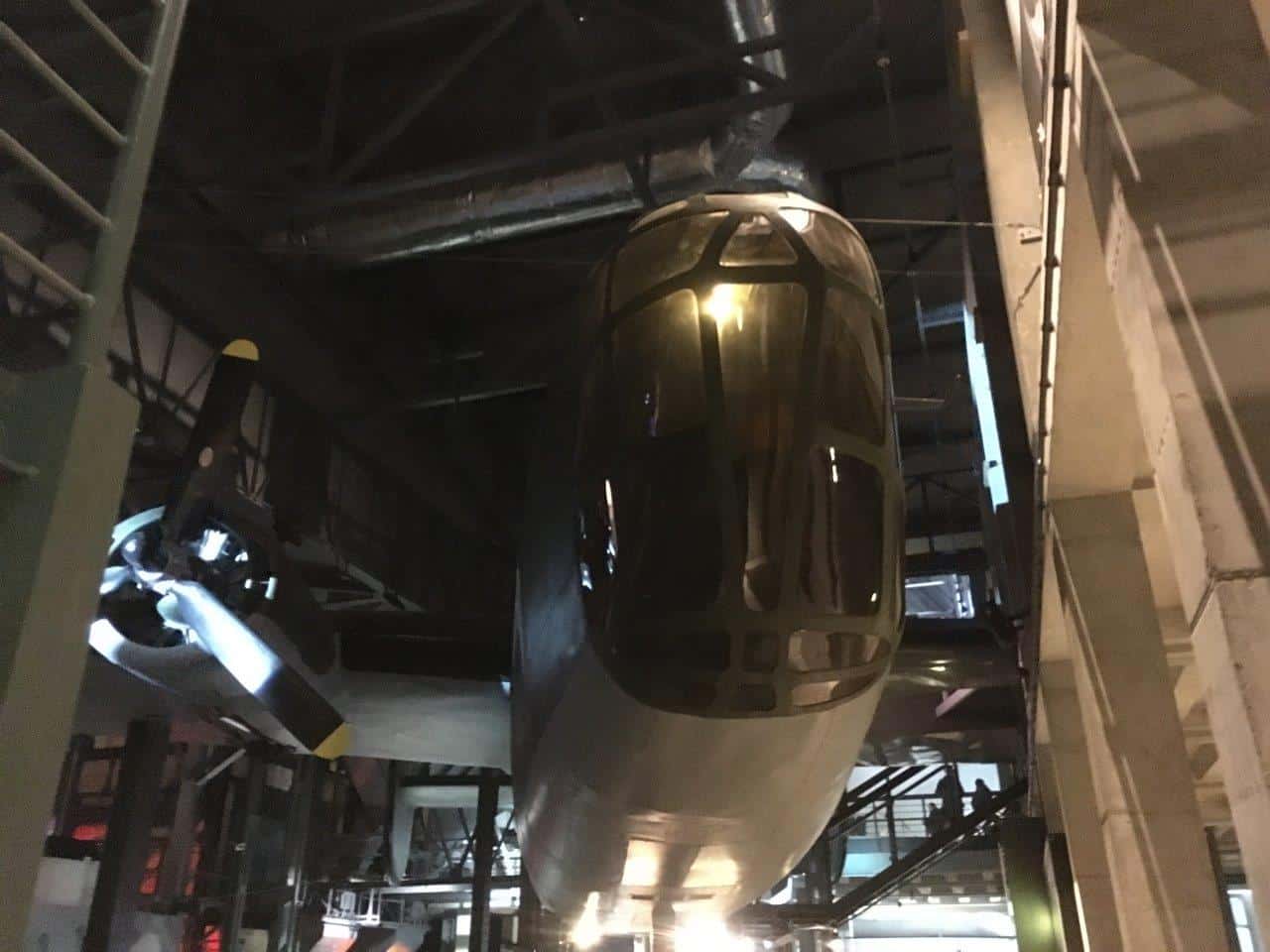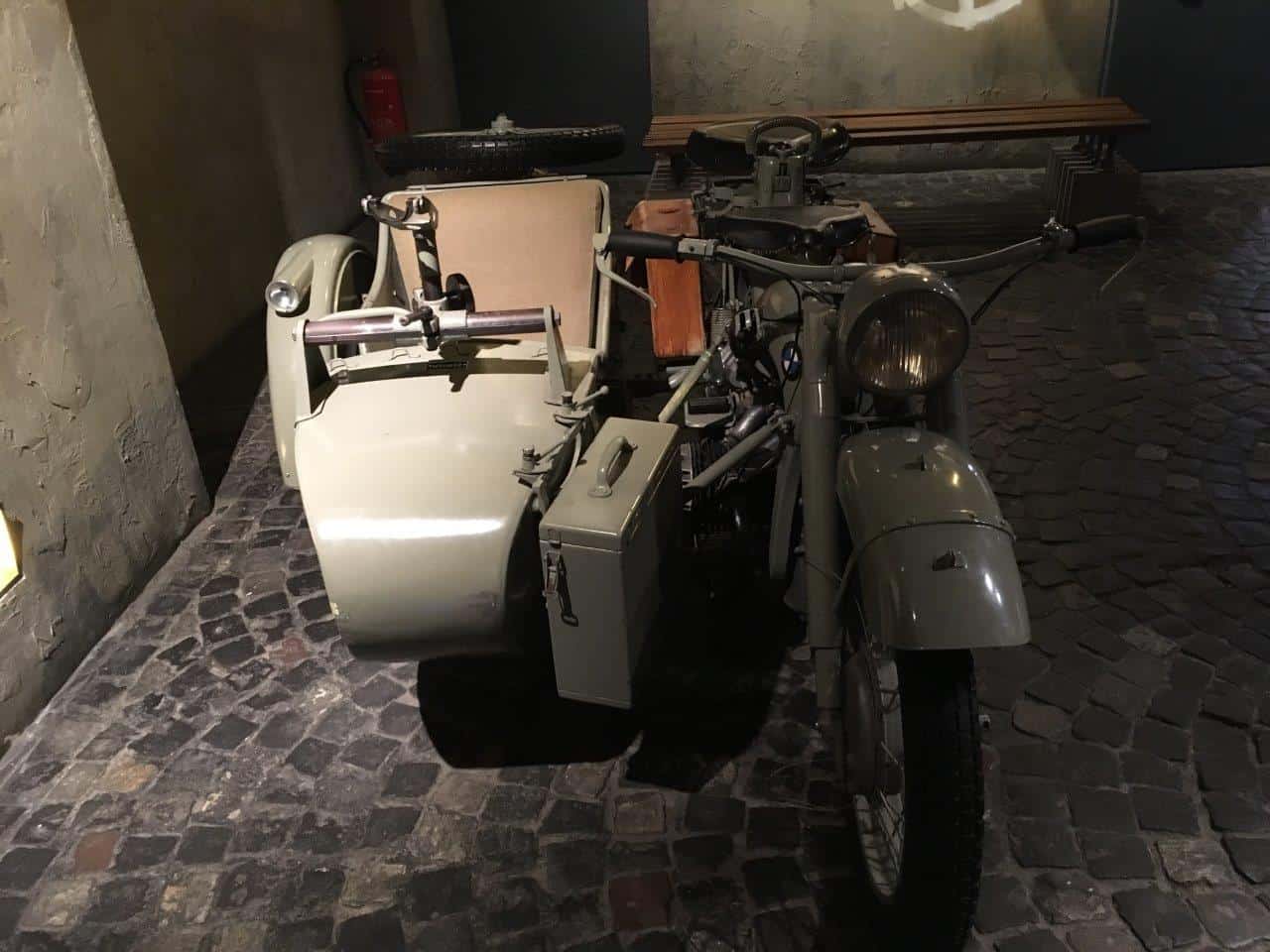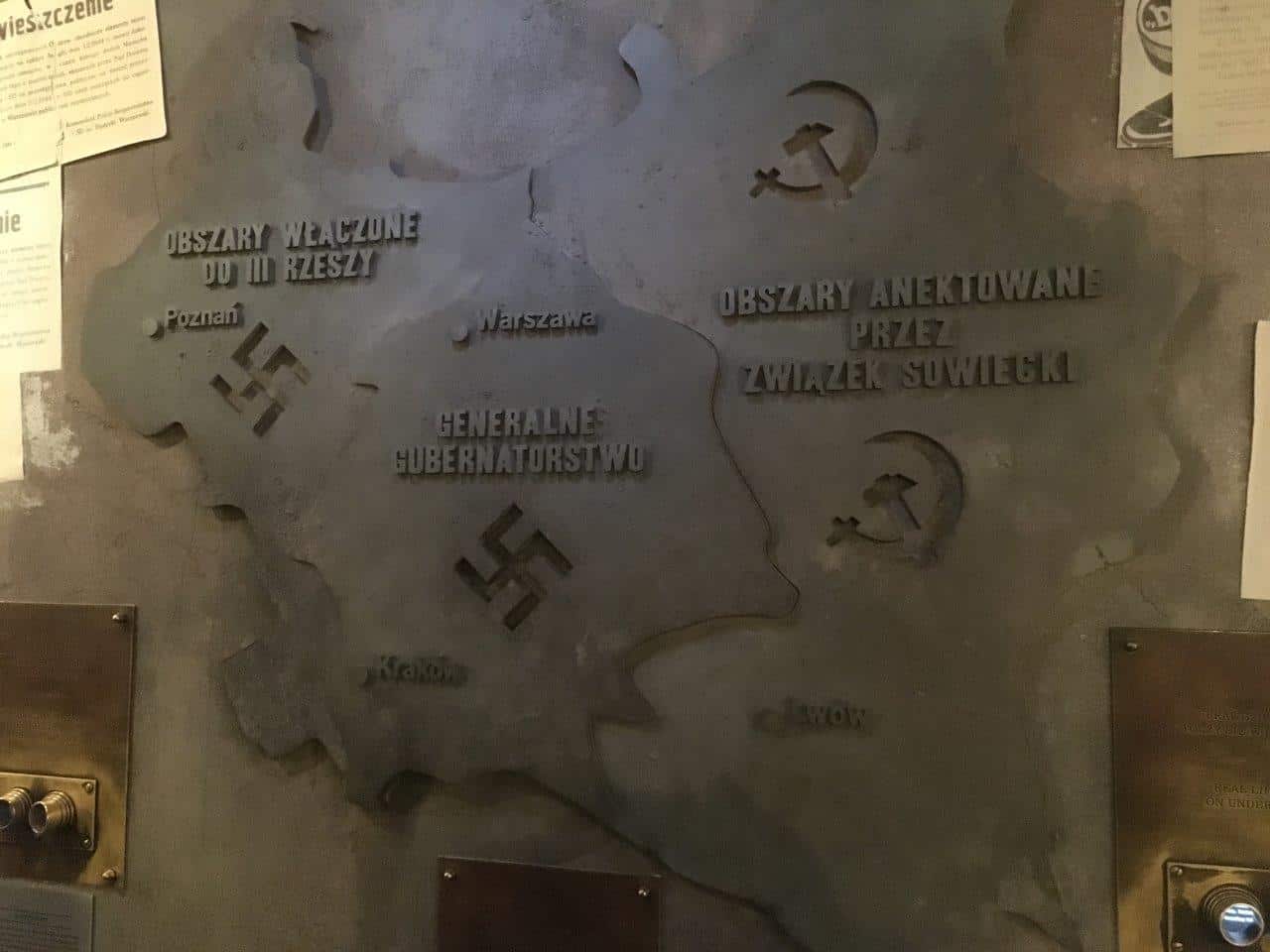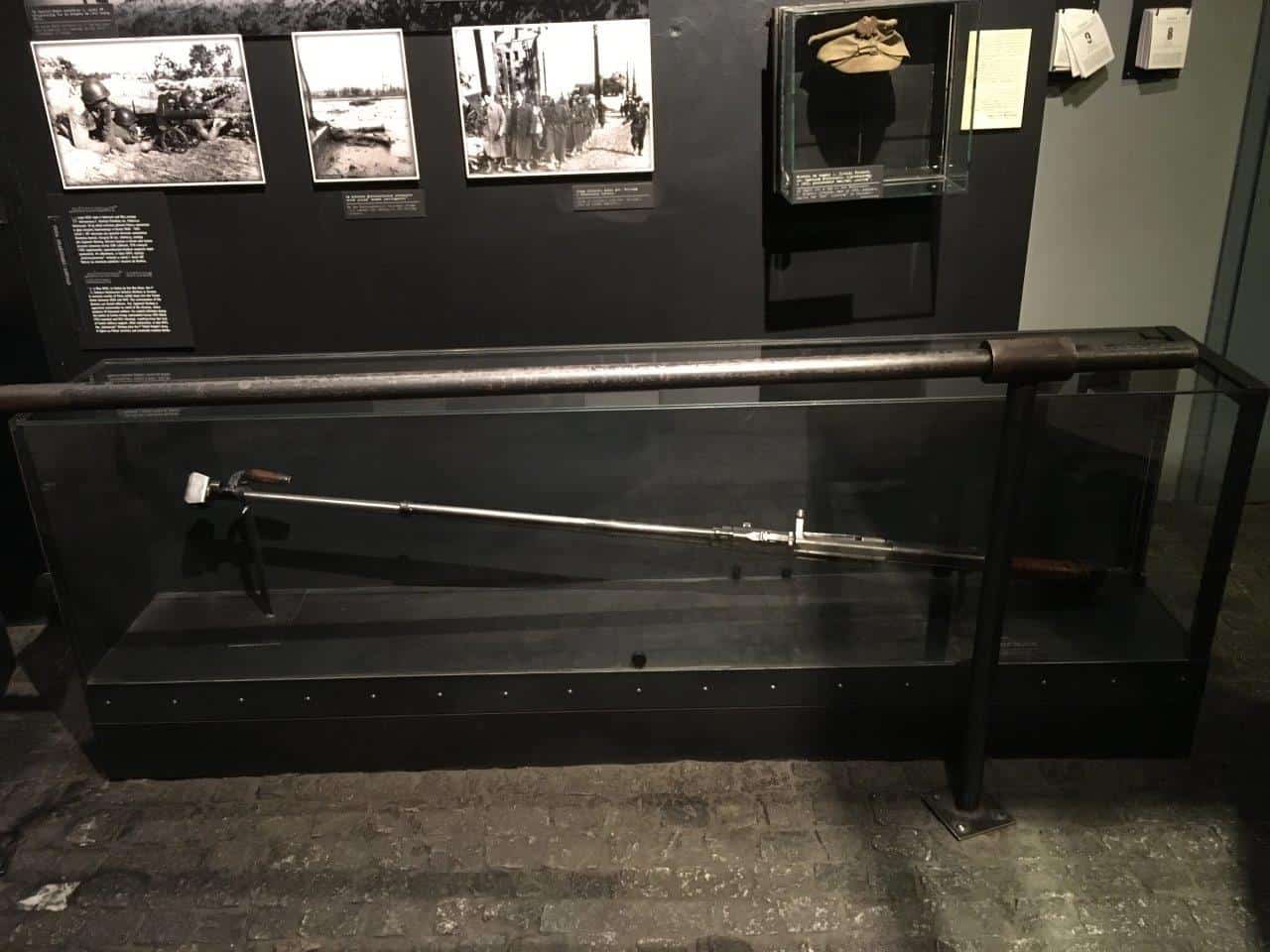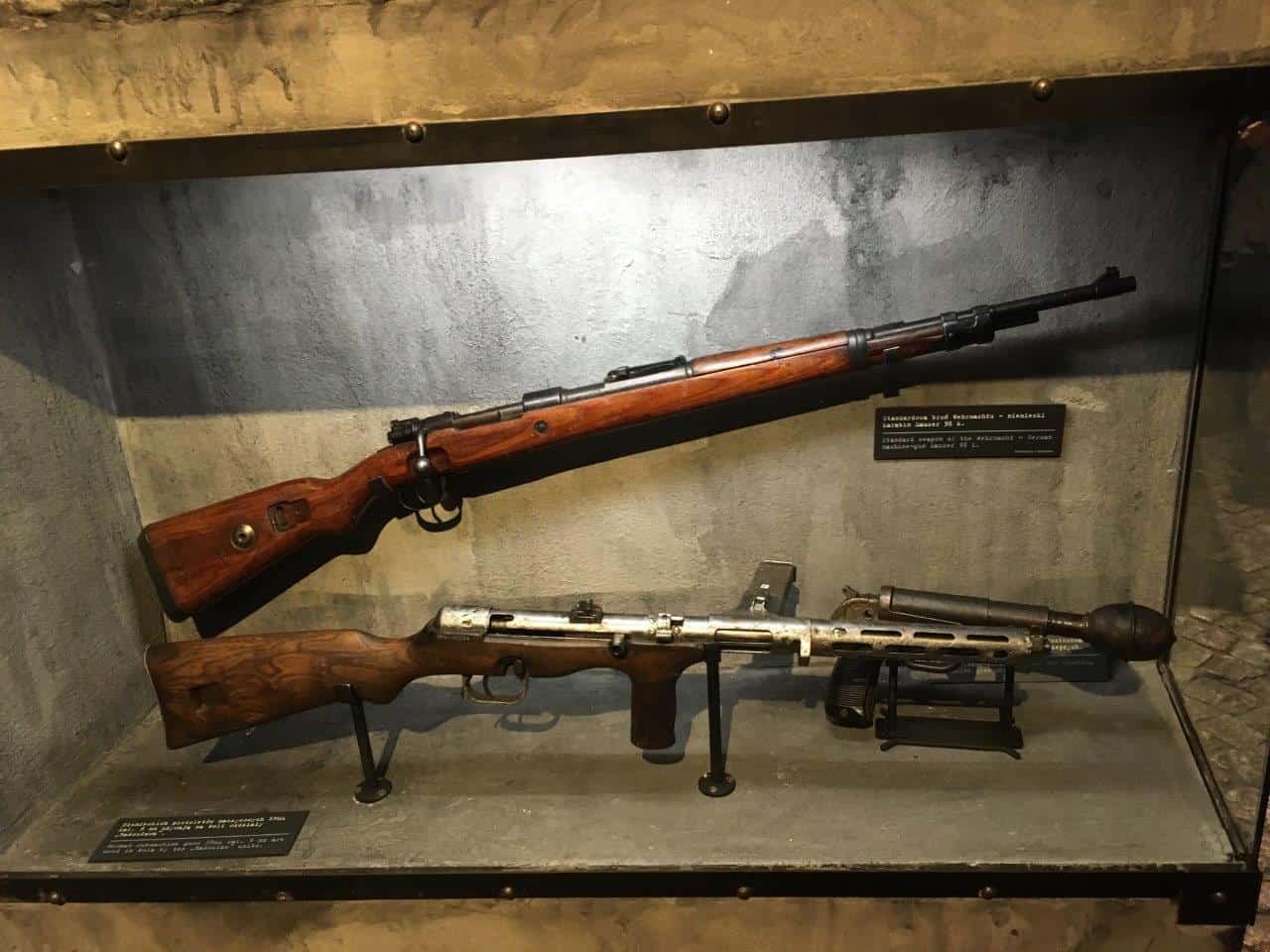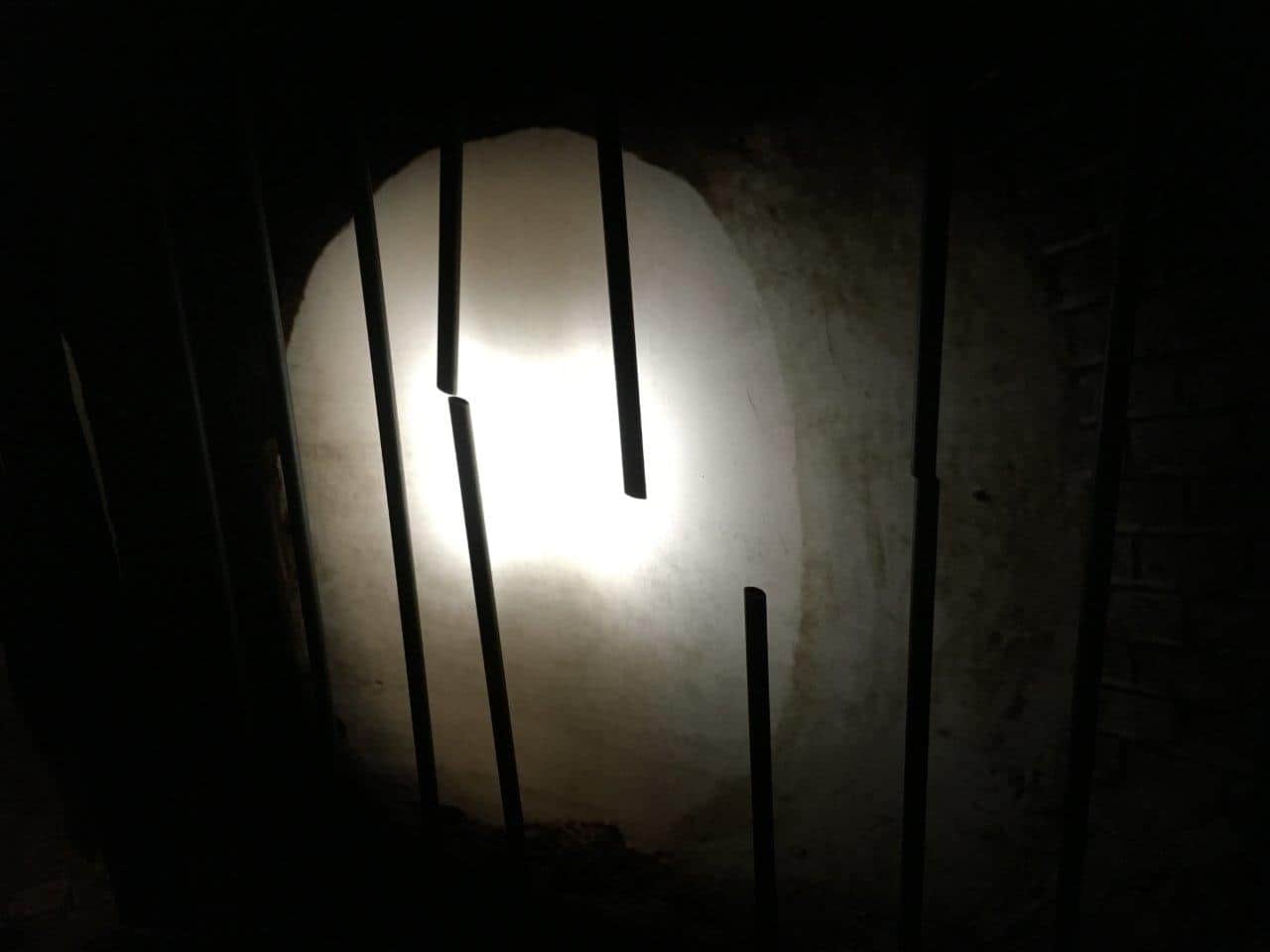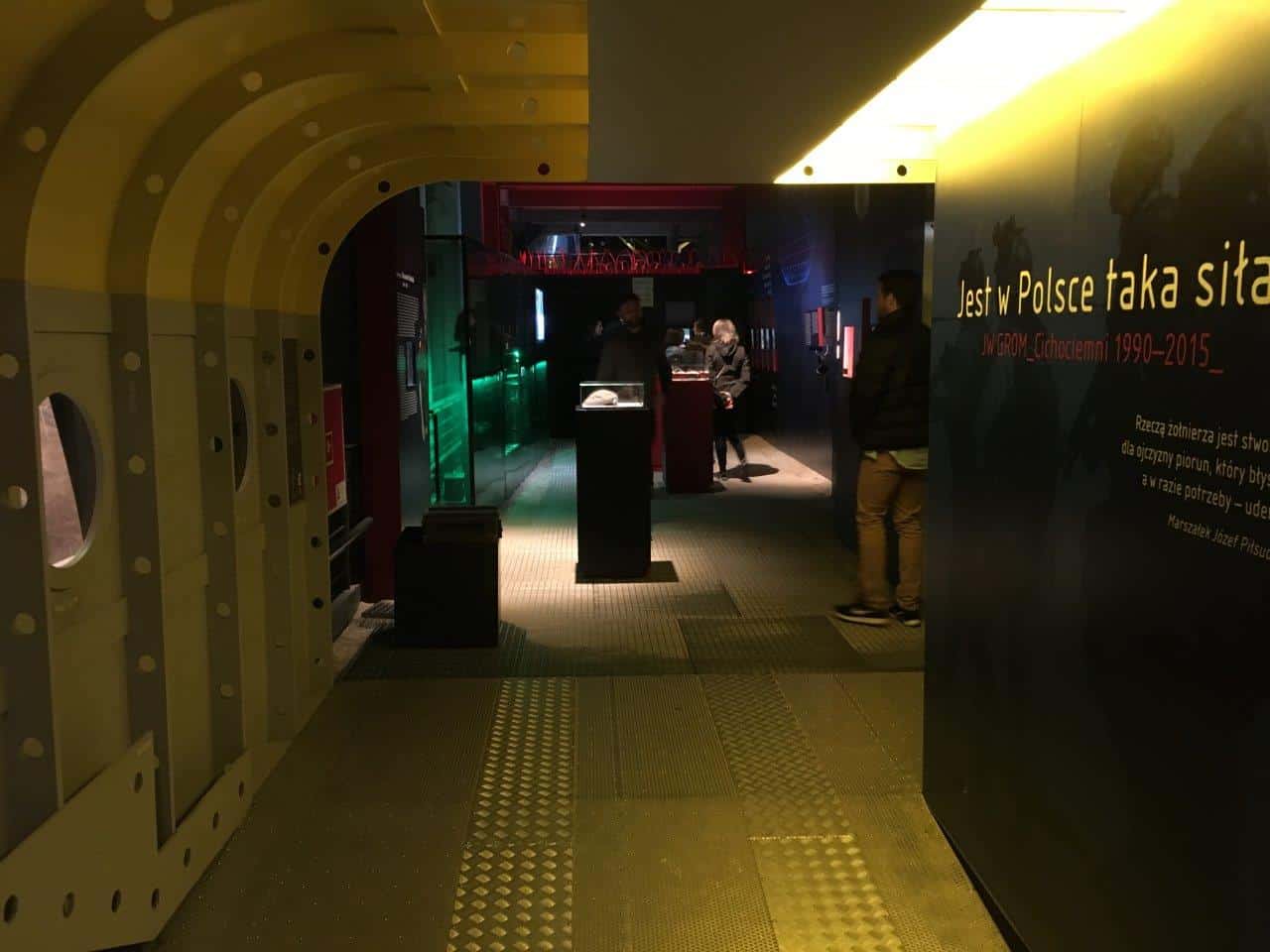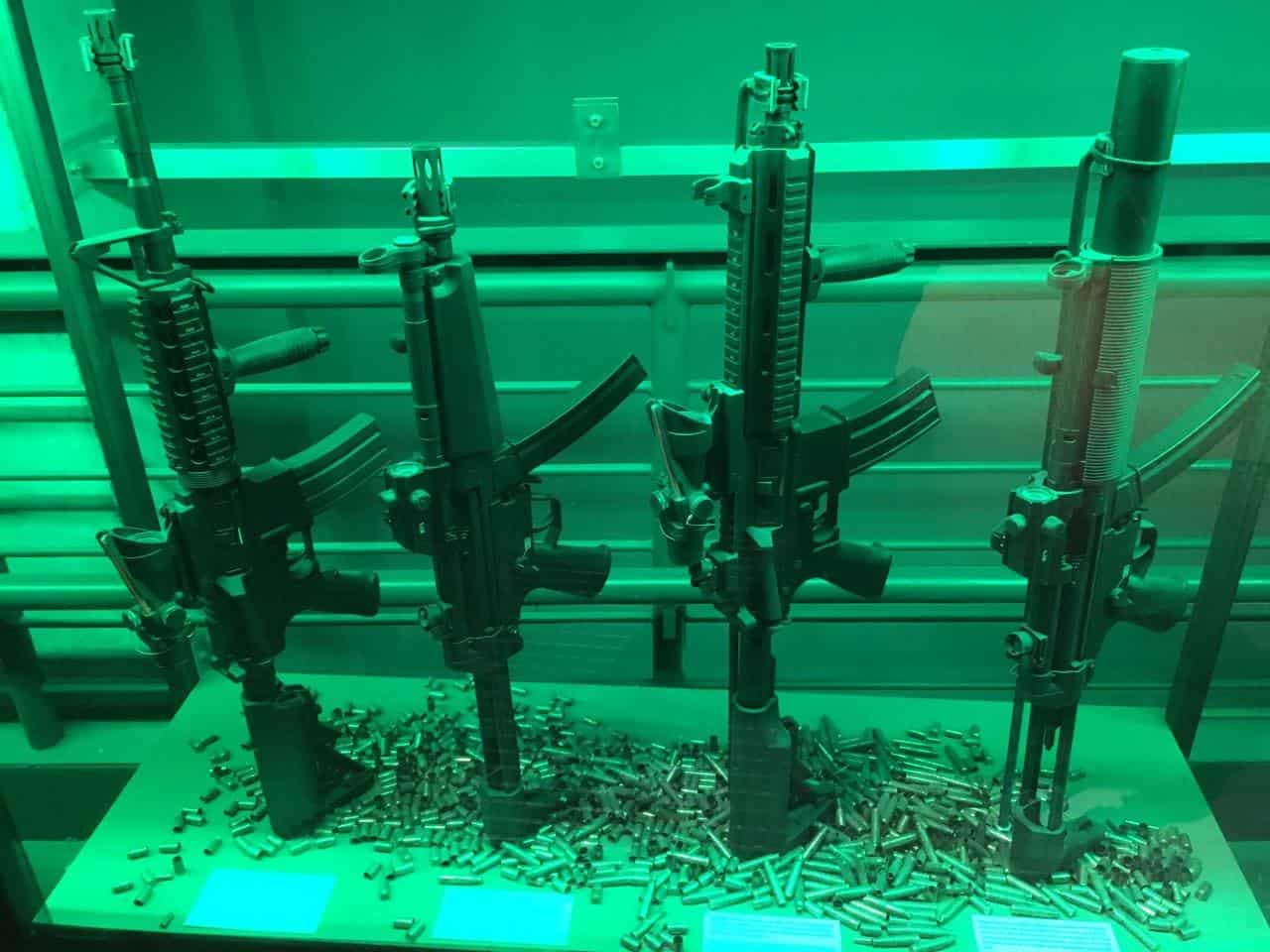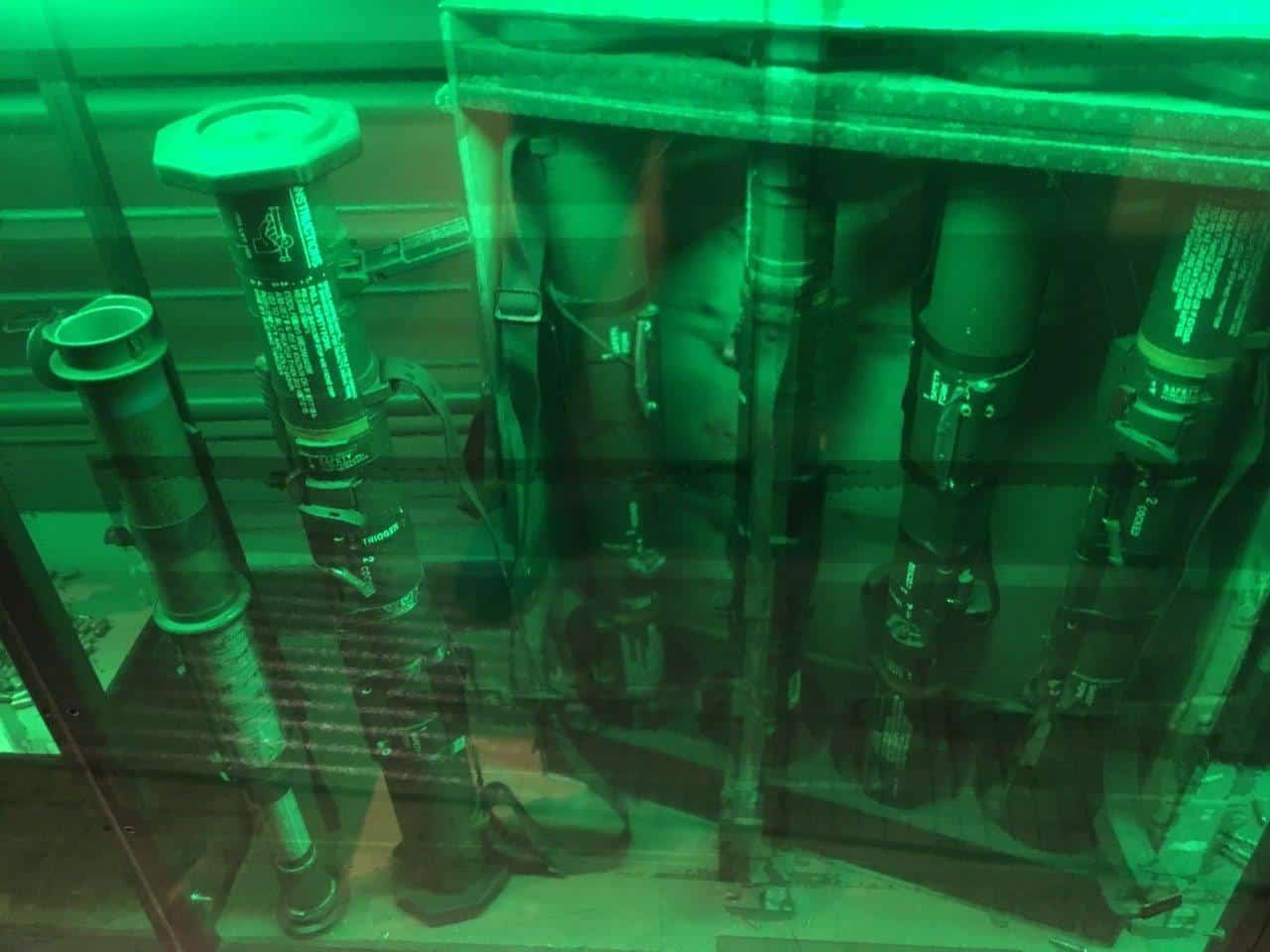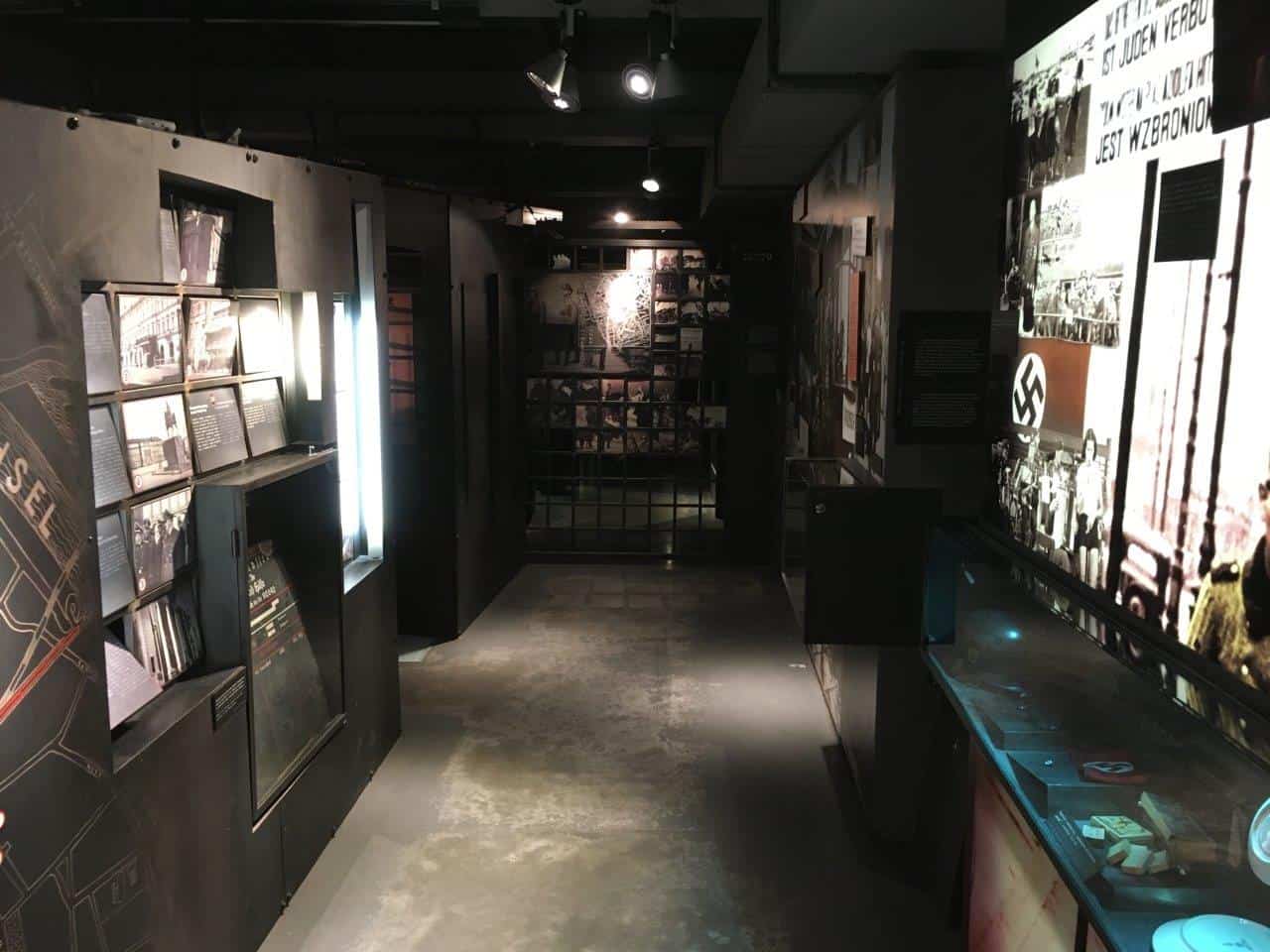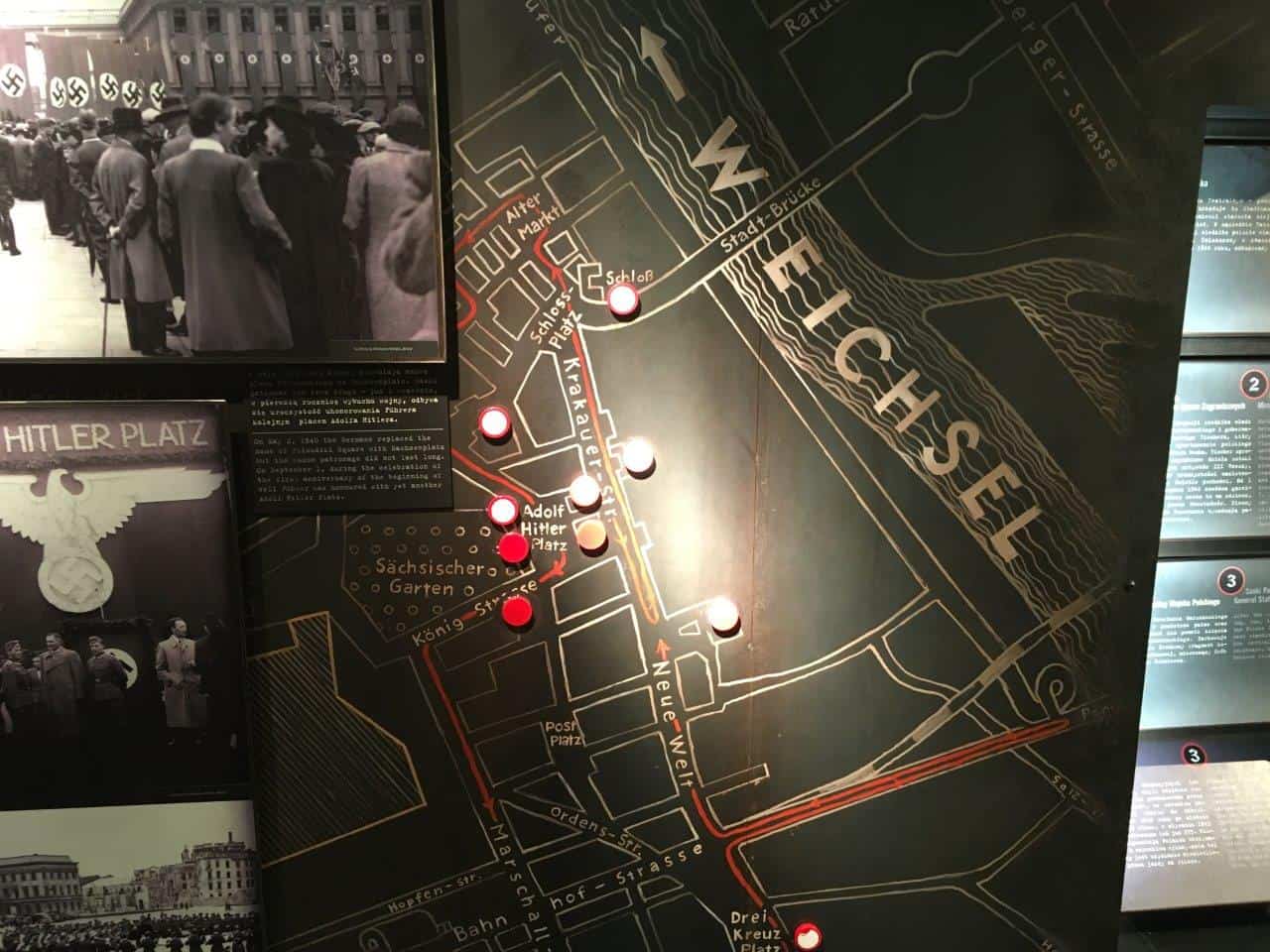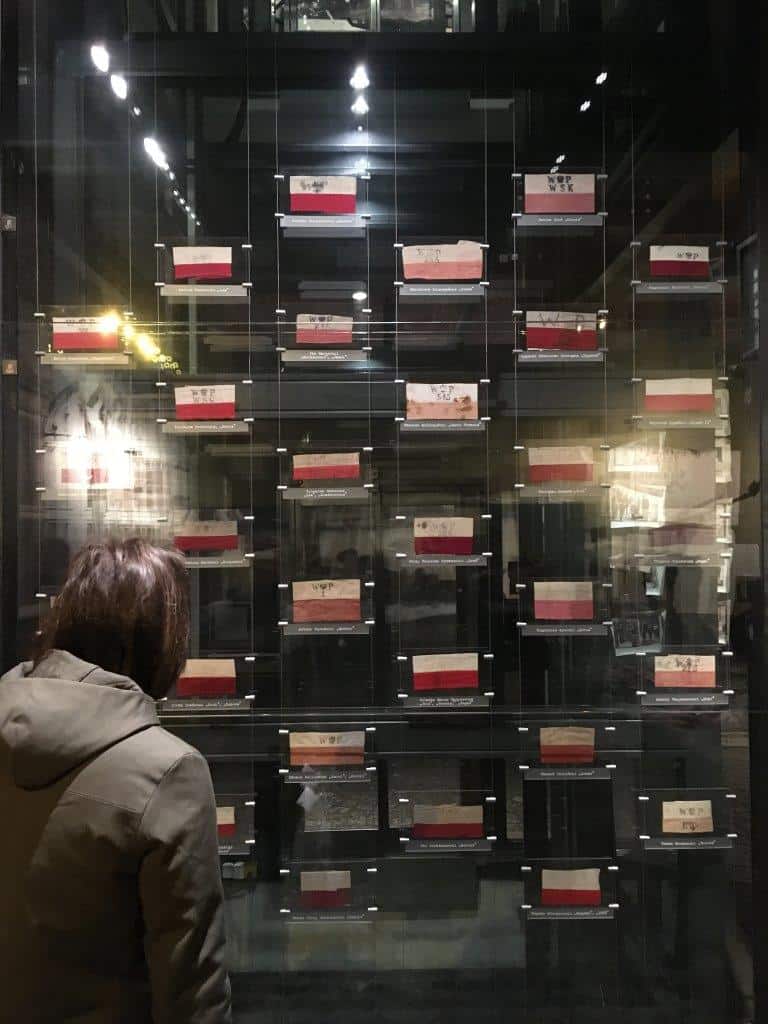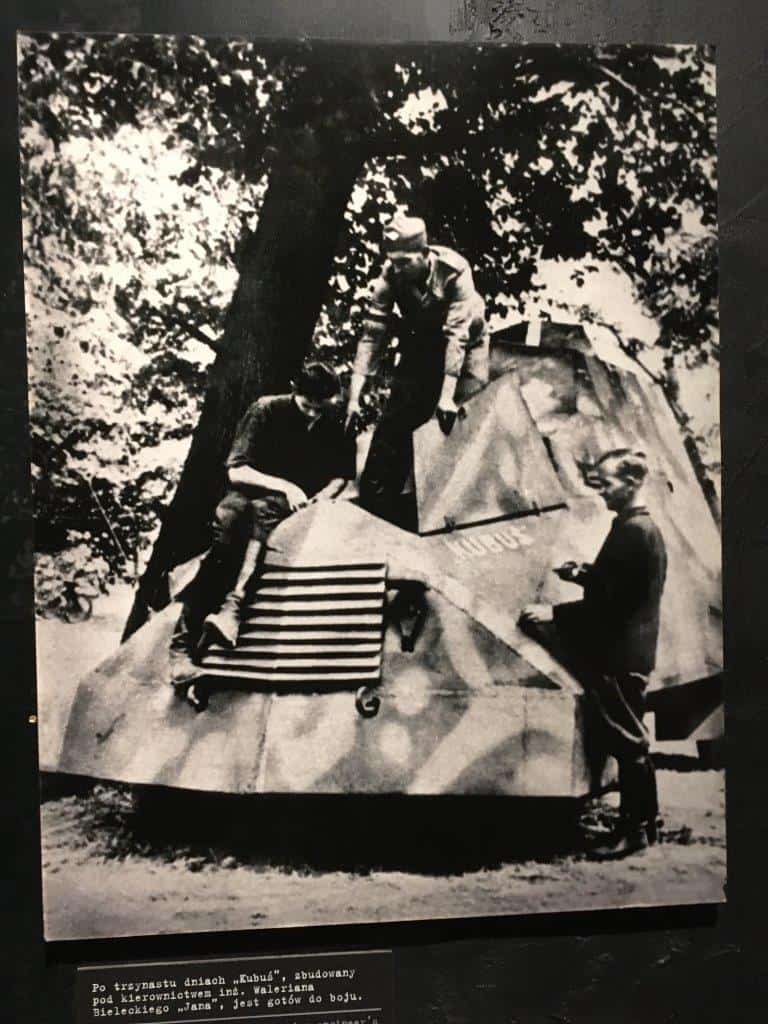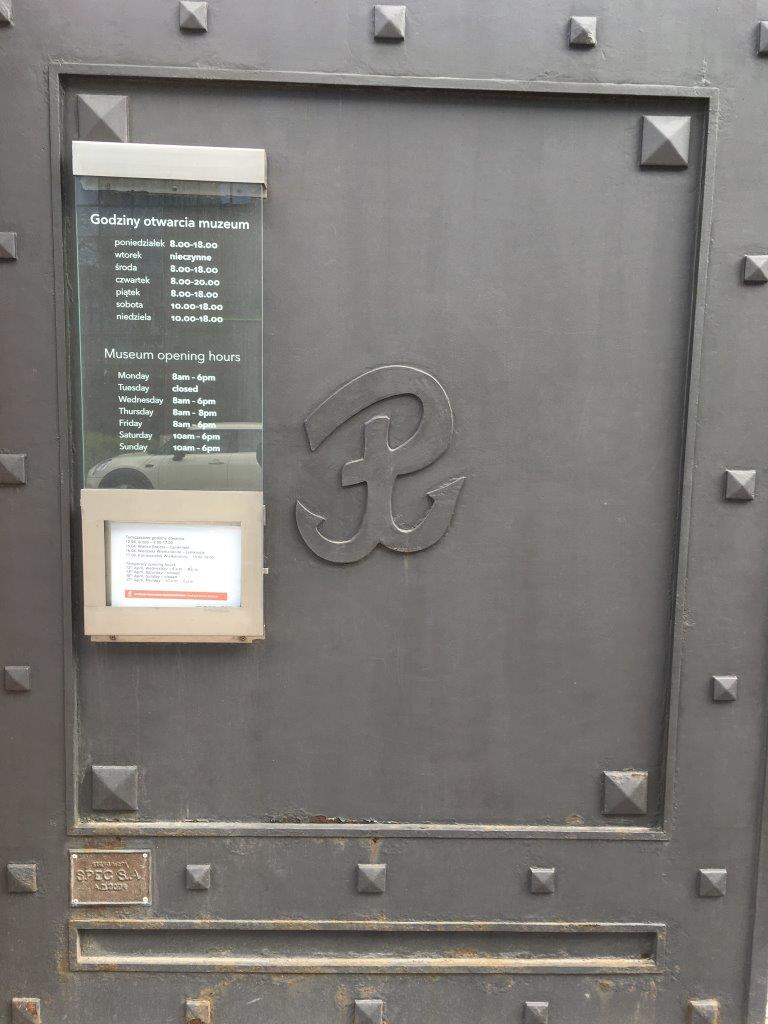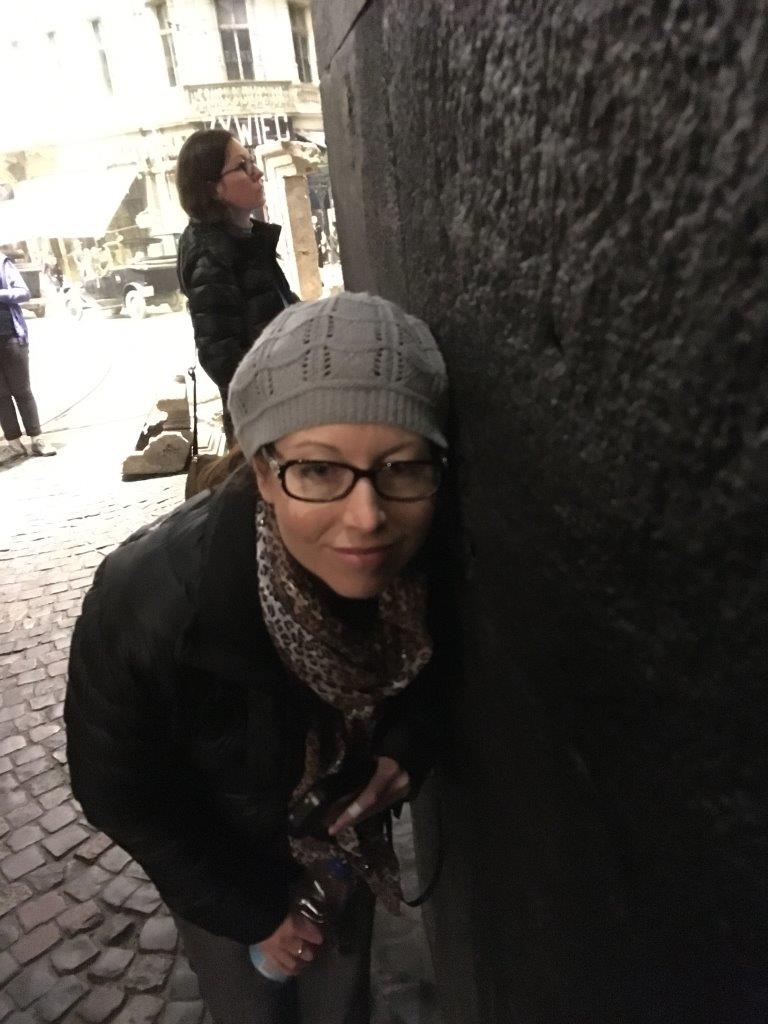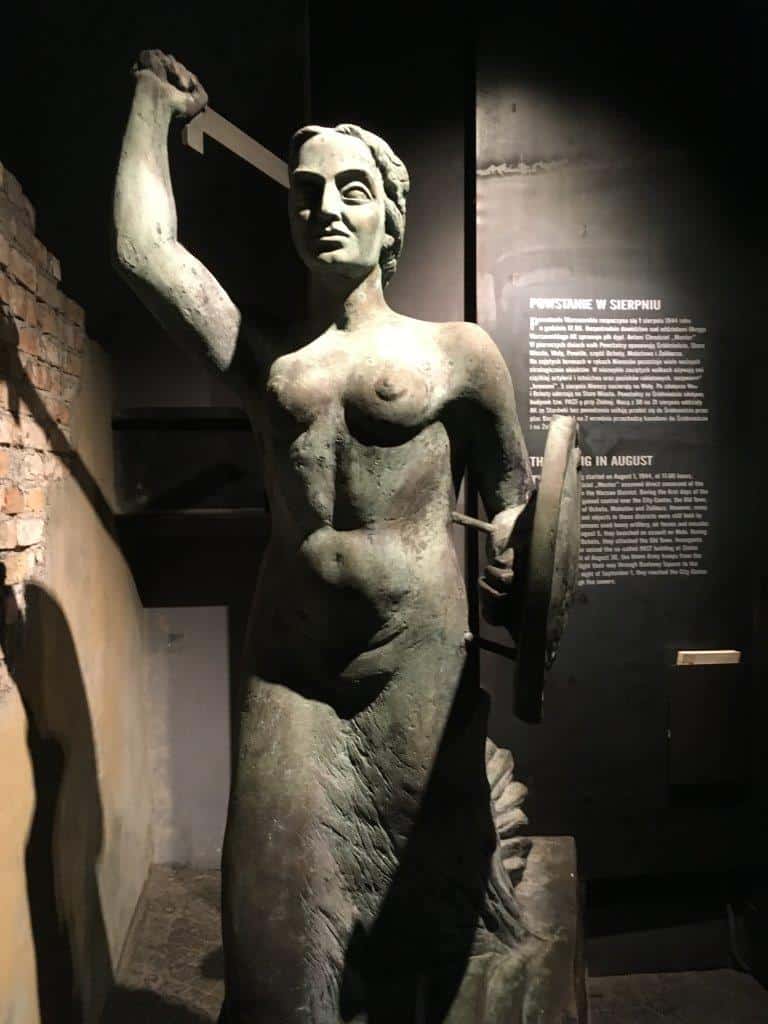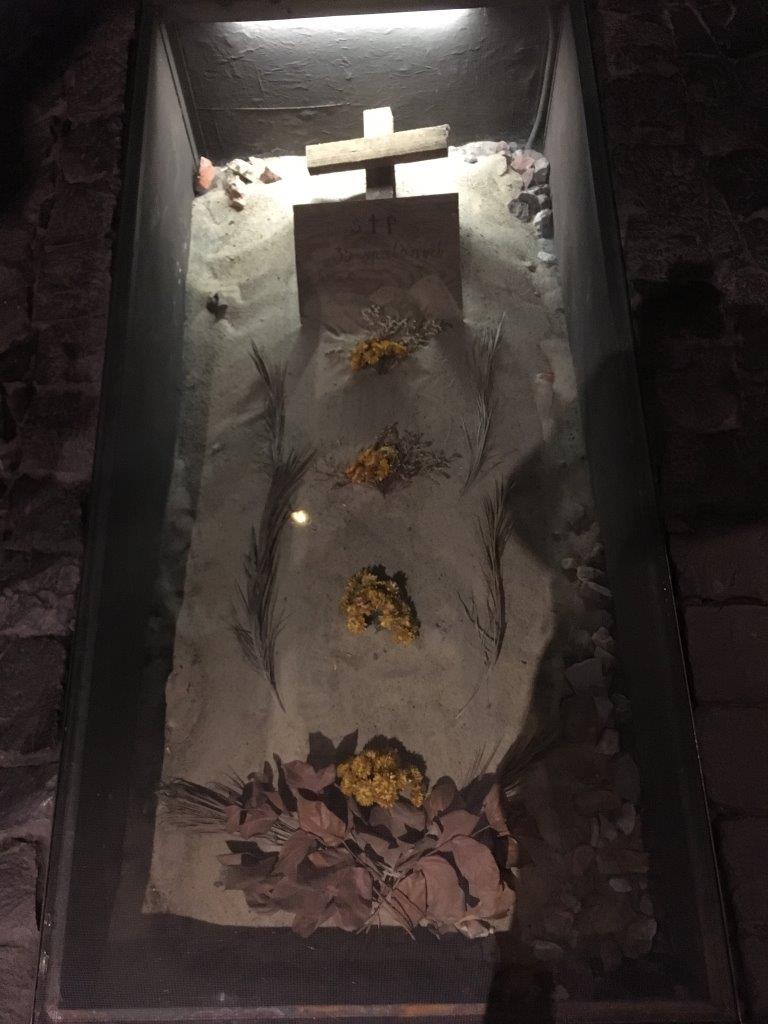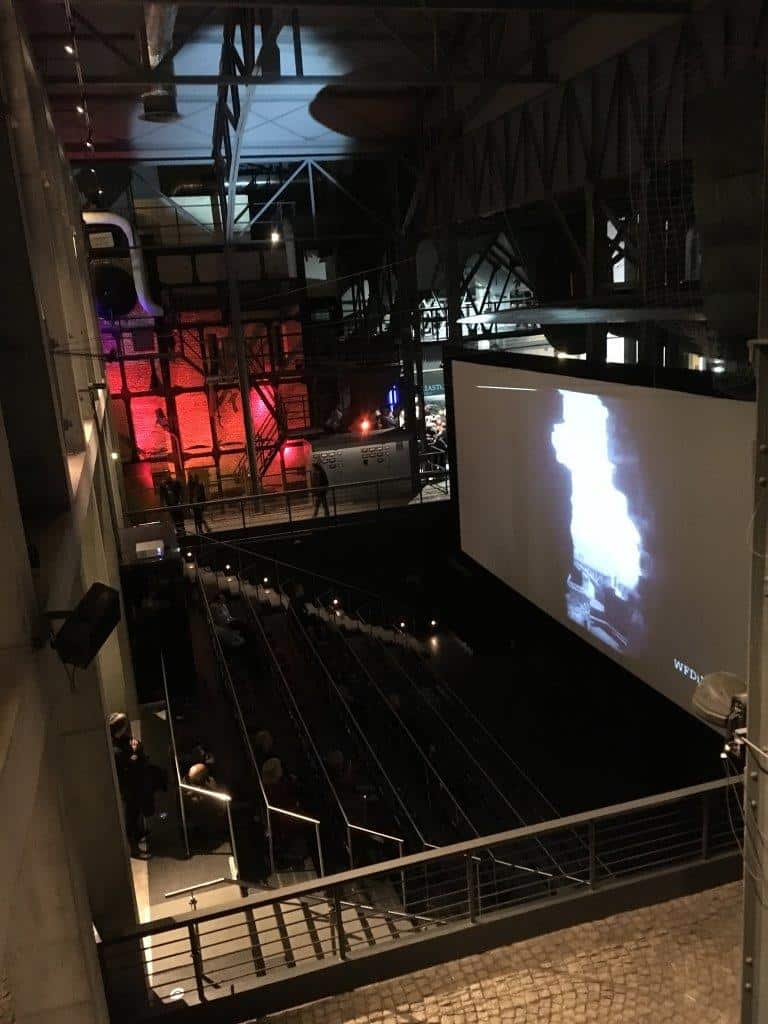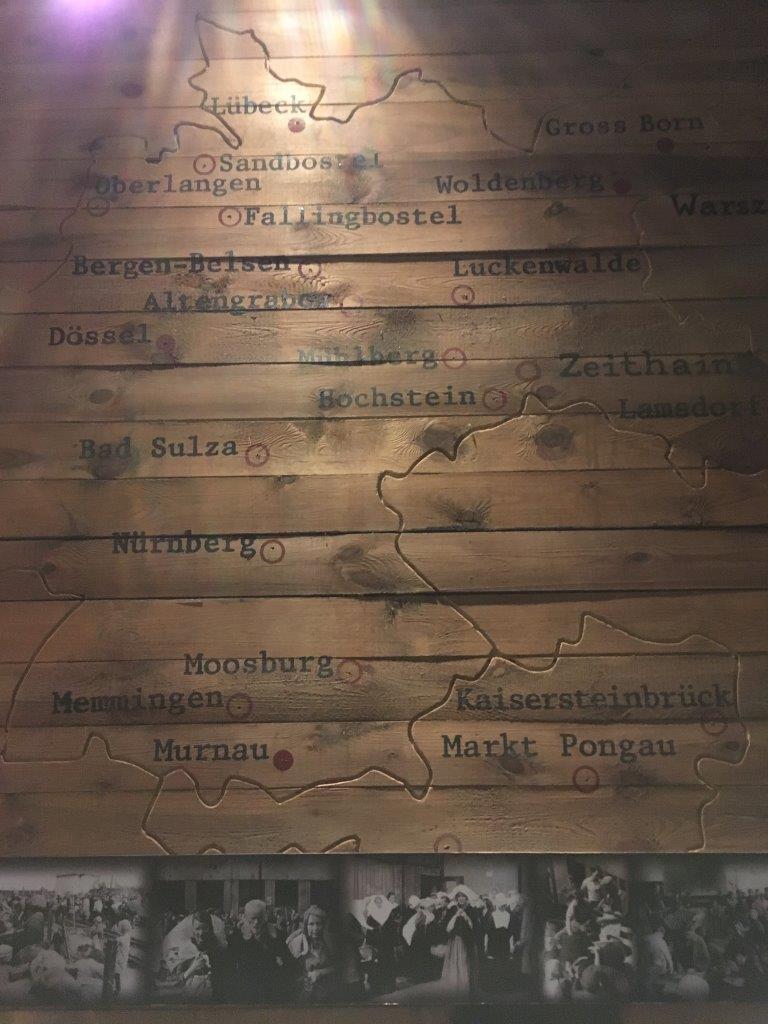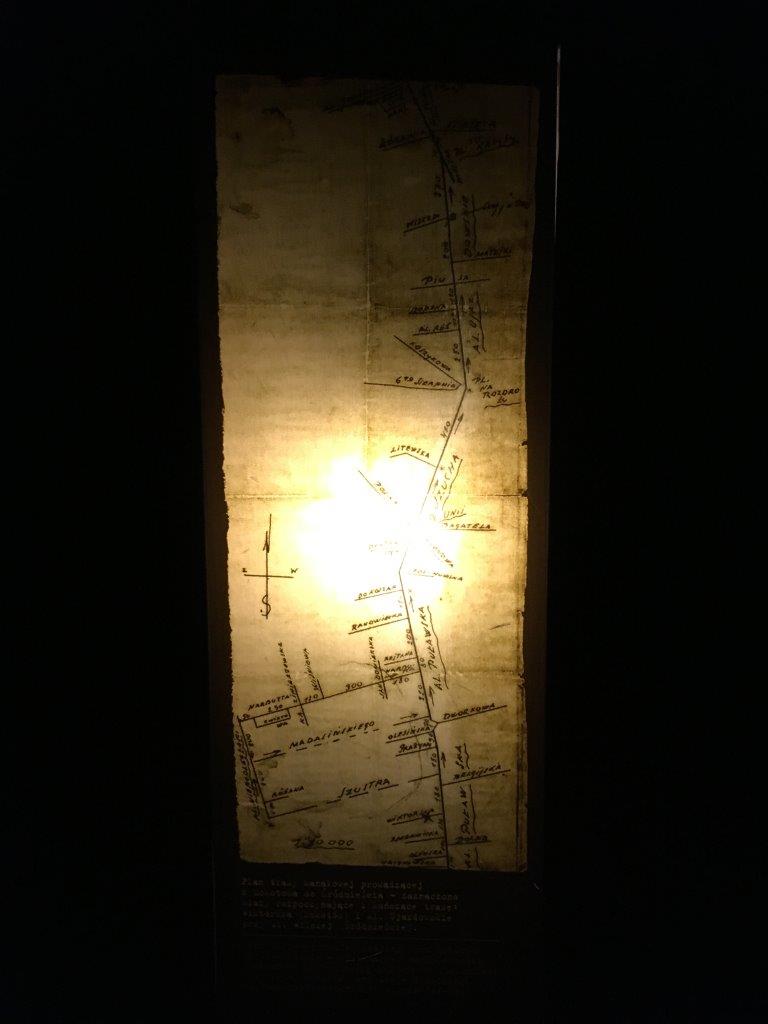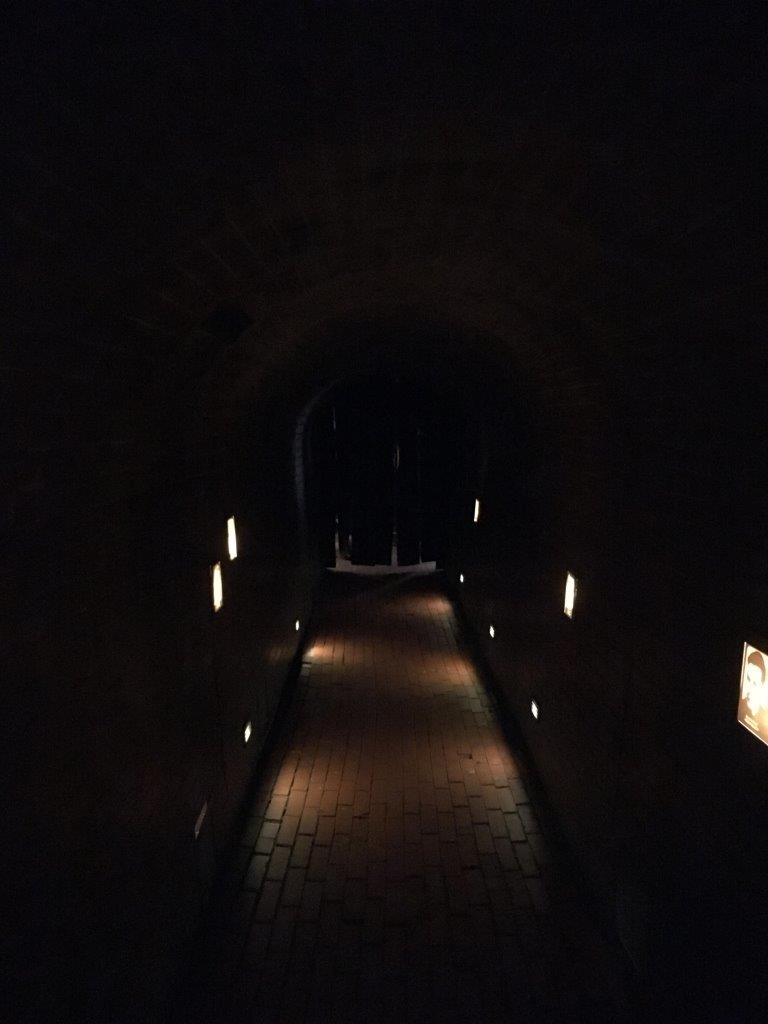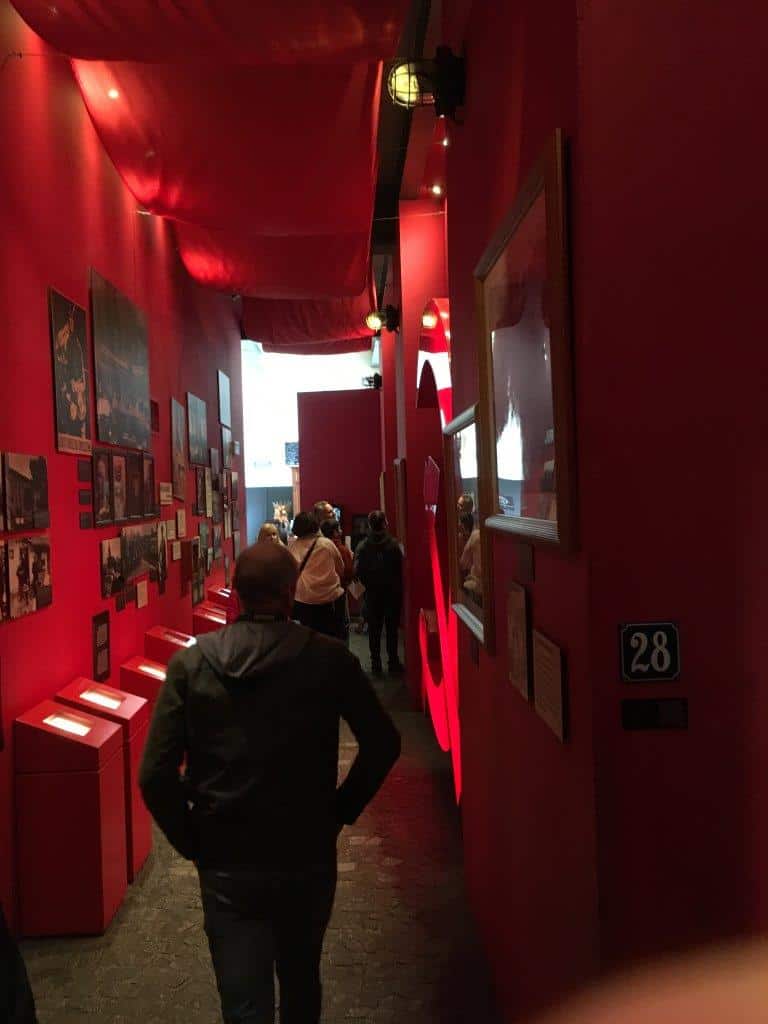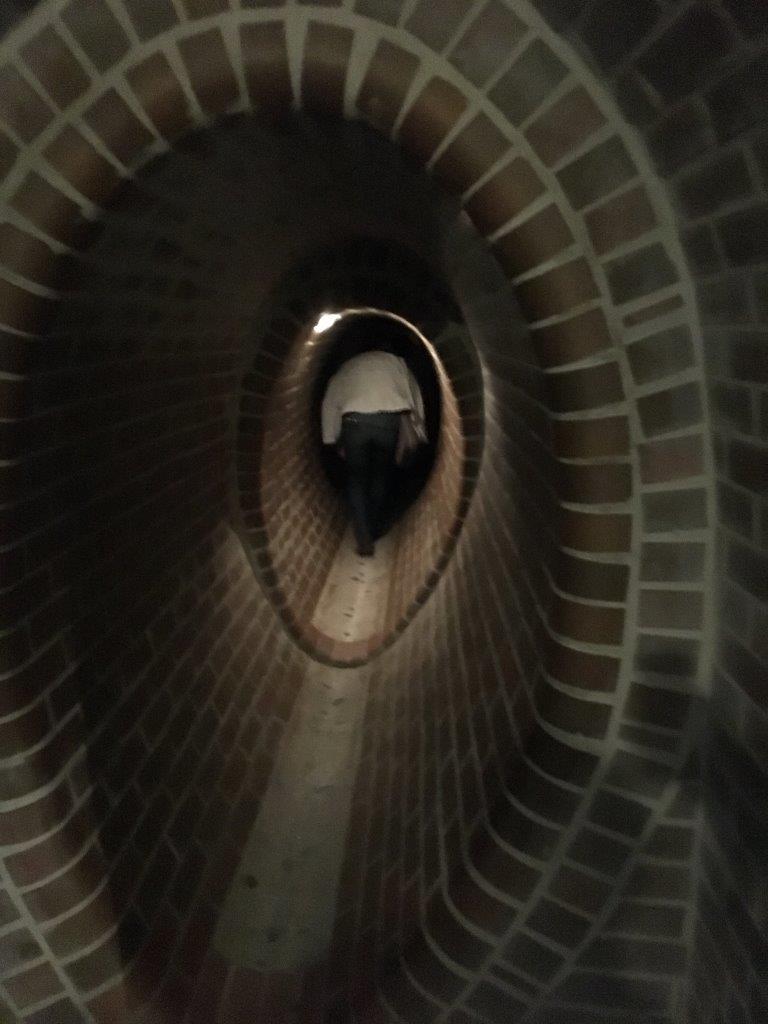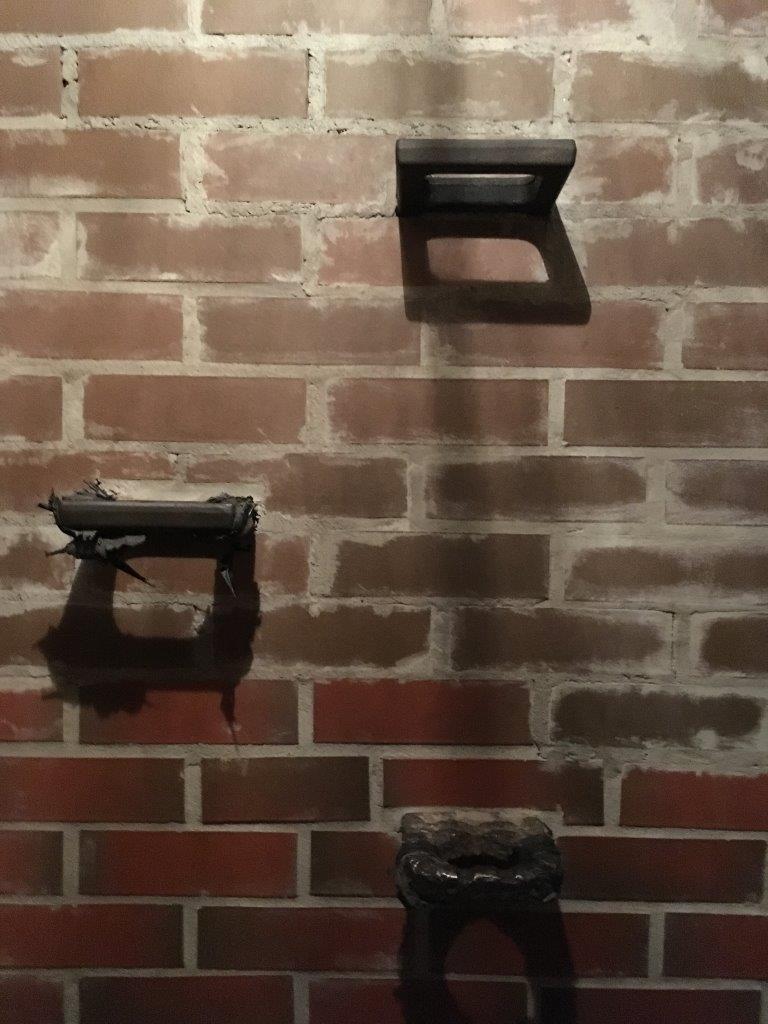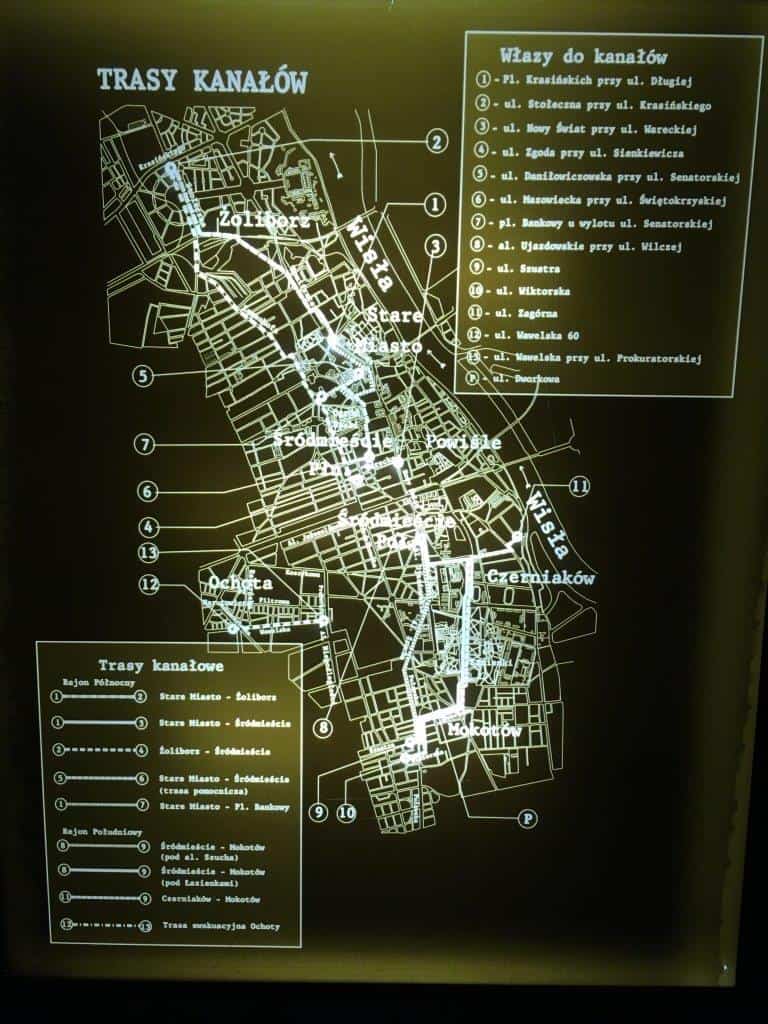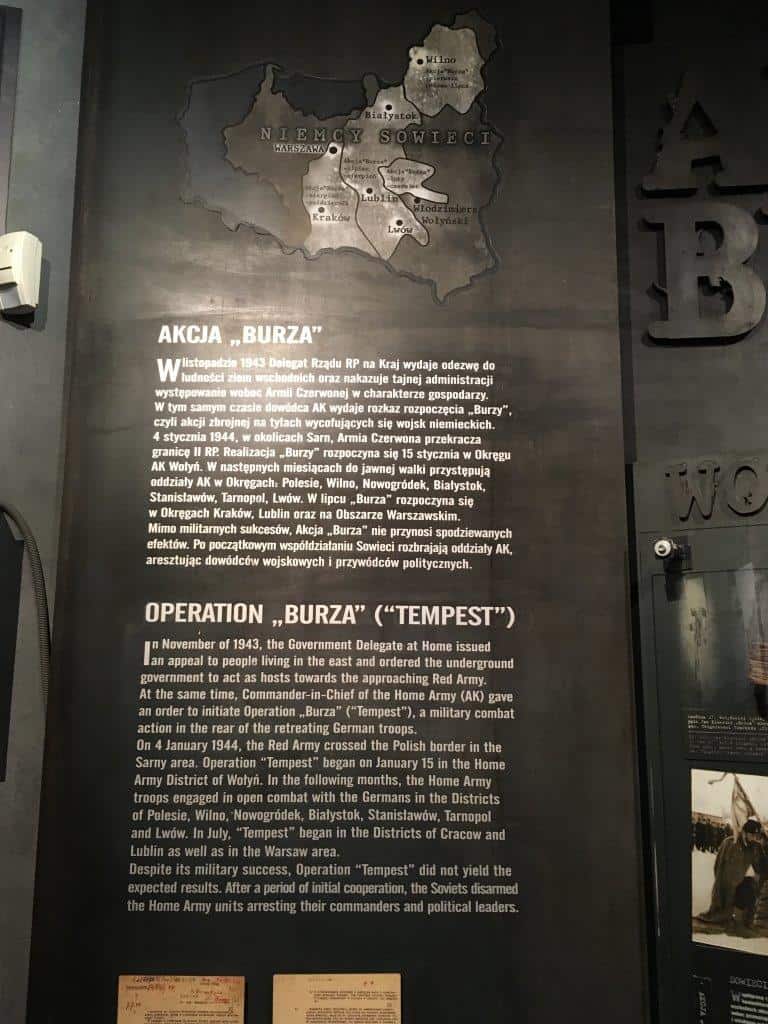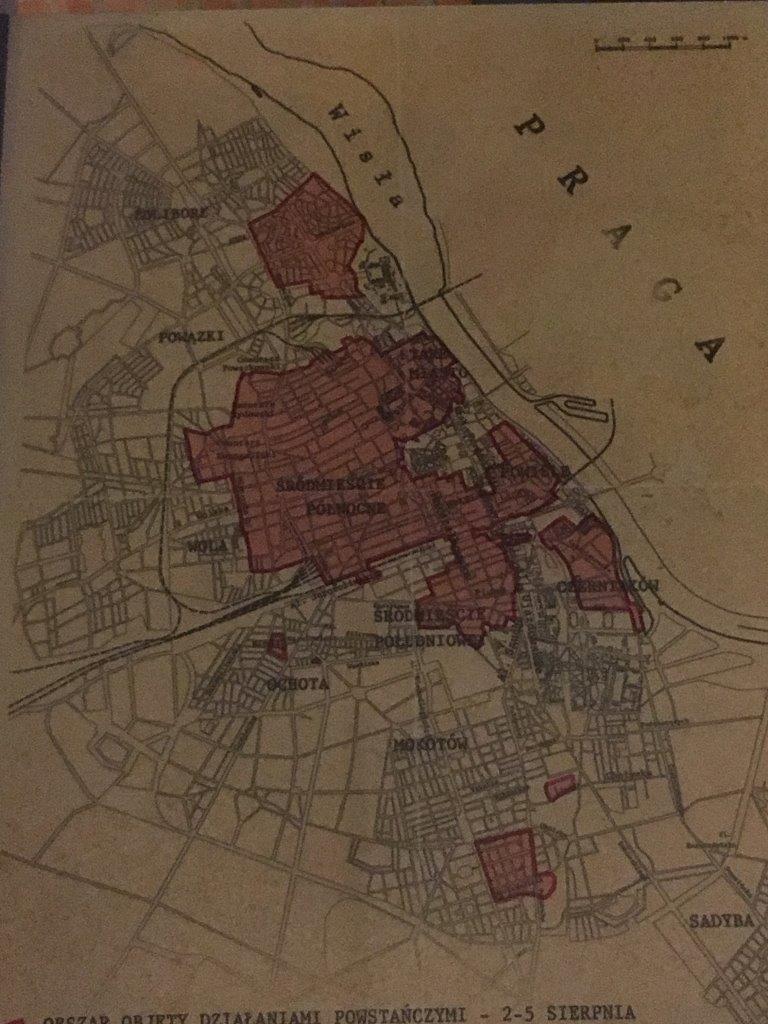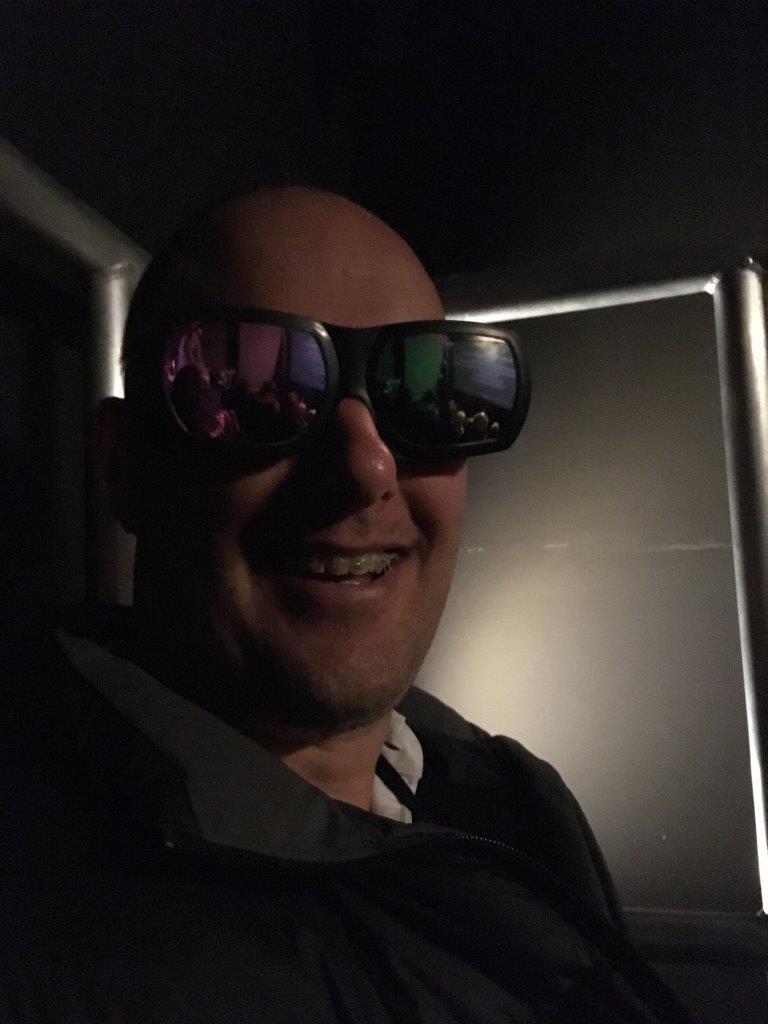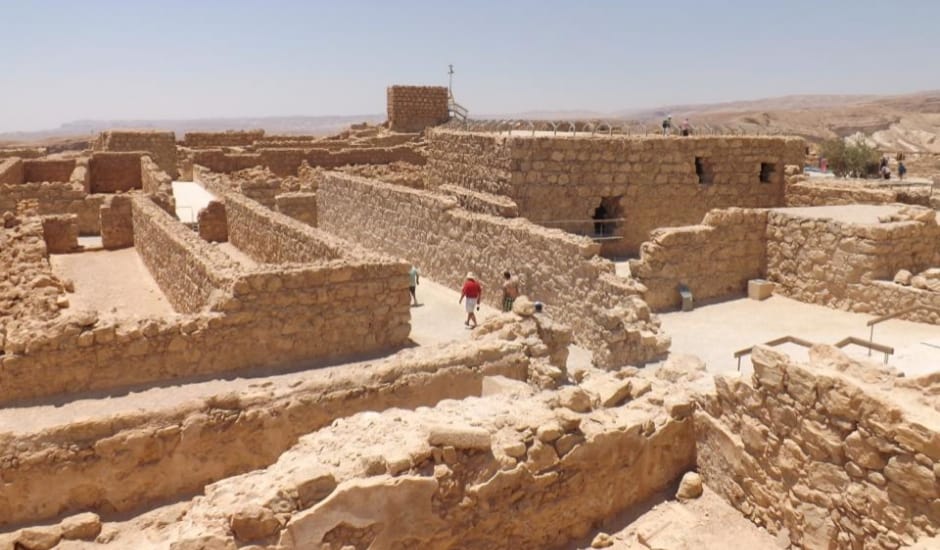The Warsaw Uprising had featured so largely in our visit to Warsaw that we were gutted when we discovered that the Warsaw Rising Museum would be closed for Easter, so we would’t have the opportunity to visit it. Imagine our delight when we discovered that it would be open on Easter Monday and that there would be time for a visit prior to us leaving in the early afternoon.
Arrival
We arrived not long after it opened to join a queue at the ticket office. I suspected that was because the website was incorrect with the opening time because the line did not initially appear to be moving, but discovered instead that there was only one ticket booth operational and the purchasing process woefully slow.
There was a security guard with minimal English gruffly gesticulating to ticket purchasers where to queue and controlling access to the hut with the ticket counter in it. When we finally did make it to the booth and ordered the tickets, lo and behold the receipt printer jammed resulting in a call across the room to the guy manning the gift shop (seriously? most places put the gift shop just prior to the exit, not at the entrance) to come across and provide technical assistance.
Eventually we made it into the Museum and got Audio Guides at another gift ship. Again, at the entrance. And then on to the Museum exhibits! First of all there is a lot to get through, a lot to read, listen to and see. The layout is confusing: the exhibits are numbered, but because of the layout its sometimes not obvious how to proceed: you’ll be at #28 and you can see #35 across the room but not how to find #29-34. Quibbles about navigation aside though, the sheer volume of information makes for a rewarding experience.
What Is It?
So what’s it all about? Why should you go? In World War Two the Germans herded the Jewish population into a small section of Warsaw and then bricked it up. They then started sending the Jews to an extermination camp in Treblinka. Once intelligence filtered back to Warsaw about what was happening there, some of the Jews decided it would be better to die fighting rather than waiting to be killed carriage-load by carriage-load. Woefully under-equipped, they lasted for a month against the well trained, battle hardened troops of the German Army. It was the single largest revolt by Jews in World War Two.
The second uprising was towards the end of the war when the Polish Home Army elected to liberate Warsaw from the Nazis before the Soviet Red Army could arrive. The theory there being that it would establish the Polish Home Army as being the political force to rule the liberated city, instead of the Soviets. Despite requests from both the Polish forces as well as Britain, the Soviet Arm waited on the eastern bank of the Vistula and only entered Warsaw once the Uprising had failed. It was the single largest military conflict undertaken by resistance forces during World War Two.
The Museum
It’s worth pointing out that there were two theatres on the ground floor – one a temporary one with a 3D computer simulation of flying over the city showing the desolation after the Germans destroyed it, the other showing some of the newsreel footage which showed the Uprising which was intended to show the Allies that they should support their efforts. Apparently the edit that made it through was not what was sent and no aid was forthcoming.
Also of interest was the Sewer simulation down behind the movie screen: this showed the size of the sewers with a small section of (dry!) sewer which you can walk through. Not recommended if you’re claustrophobic!
We paid 20 PLN each plus another 10 for the audio guide. We weighed up whether to try to share the audio guide but it’s not really conducive for that.
An interesting modern section is what seems to be a recruitment drive for the Polish Army. Displays of modern weaponry and exhibits exulting the modern soldiers, hijack the uprising museum’s message.
Should I Go?
Absolutely – it really brings home the story of the Ghetto and the two uprisings and fleshes it out with engaging exhibits. With so much of Warsaw’s history lost due to the Communist government’s refusal to acknowledge events, this Museum is a crucial step in the development of Warsaw and indeed Poland’s identity.


